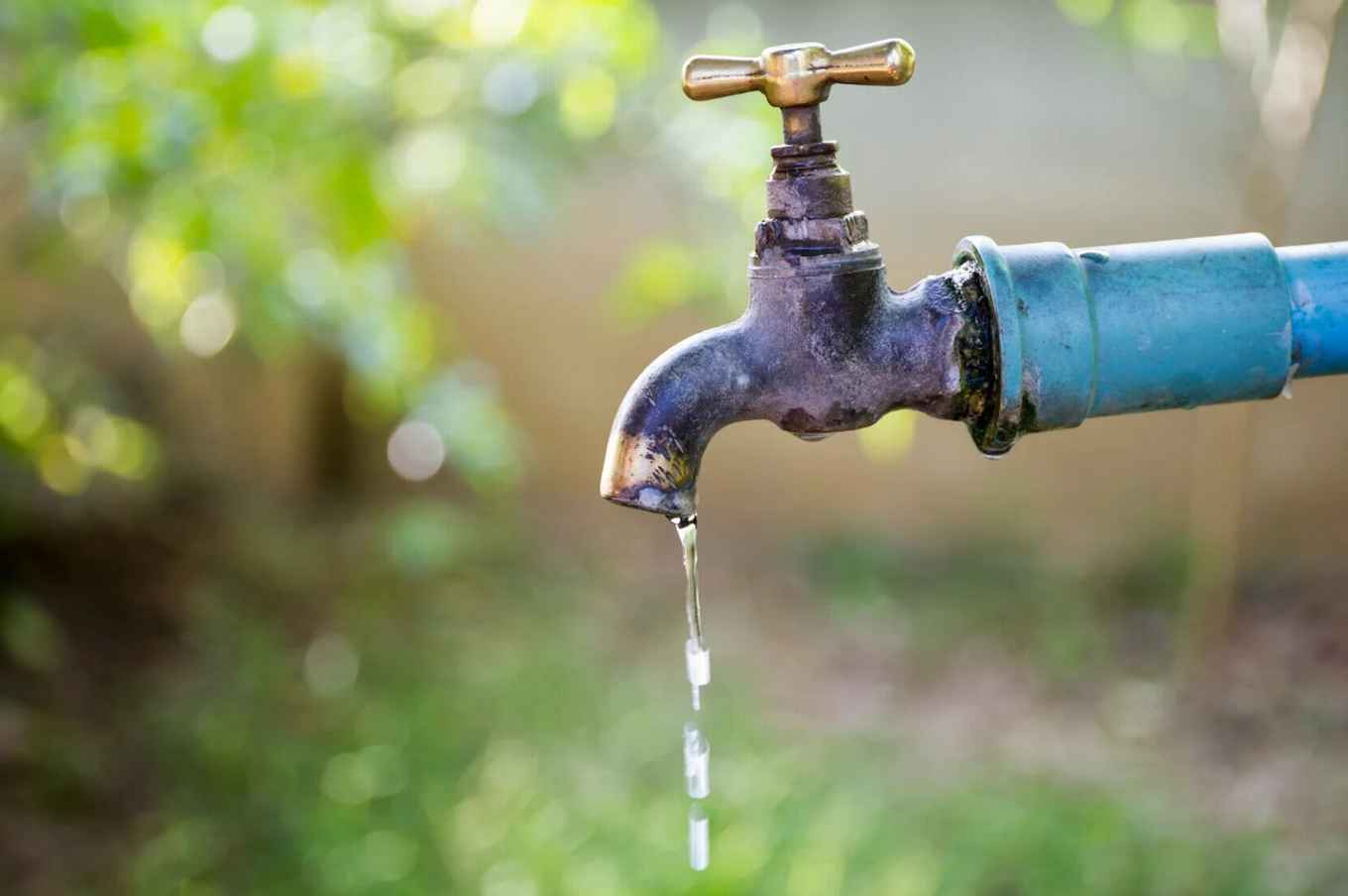Running water: a fragile certainty
Hebe Verrest studies the inequalities created by water scarcity and flooding
29 September 2025

Water inequality takes different forms, Verrest explains. In some places, the water is dirty, leaving no choice but to buy bottled water. Elsewhere, the problem is not quality but pressure. This is common, for example, in Suriname. Verrest: 'Those who can afford it buy a hydrofor: a device that increases the water pressure at home. But that only reduces the pressure further for people who cannot afford one.'

Almost always, it is women and girls who must stay at home to collect water. As a result, they cannot go to school or work.
Women bear the cost
In India, water shortages highlight another problem: inequality between men and women. In many places, water is only available for a few hours a day, or must be collected from a shared pump. Those who only have access to water for a few hours a day must stay at home to collect it. Almost always, it is women and girls who take on this task. This means they cannot work or attend school during that time. As a result, the gap between men and women in India persists.
The weakest shoulders carry the heaviest burdens
Scarcity is not the only issue. Flooding also exposes sharp inequalities. In some urban areas, people often live near rivers or in low-lying areas and are frequently hit by floods. Wealthier neighbourhoods usually have better water supply and flood protection. Poorer people therefore face flooding more often, and they are less able to cope with it. Their homes are more vulnerable, for example when built of timber, and they have fewer resources to repair repeated damage.
Who gets priority?
In theory, everyone has the right to water and to protection from flooding. In practice, however, power and money play a major role. Councils decide where pipes are laid, and this often happens where it is most profitable. Not everyone's interests carry equal weight. Sometimes families are even forced to leave vulnerable areas. 'But they often live there for a reason. Fertile land or job opportunities are usually nearby. Relocation may solve one problem, but can immediately create new ones,' Verrest explains.

Supermarket prices for coffee and cocoa rise when harvests fail due to drought or flooding.
Consequences for the Netherlands
The Netherlands also feels the effects of water-related disasters abroad. 'Take the price of coffee and cocoa, for example. These rise when harvests fail due to drought or flooding.' Meanwhile, the debate on climate justice is growing. Supporters argue that the most polluting countries should pay for the damage they cause elsewhere. 'Many people already agree with this idea, but not yet on what it should mean in practice, and who should pay what.'

When people do migrate because of the climate, it is often within their own region.
Sometimes there are concerns about the arrival of climate refugees. Verrest: 'Climate migration is not yet visible in the Netherlands. When people do migrate because of the climate, it is often within their own region. Moreover, they usually have multiple reasons for migrating – the climate is almost never the only motivation.'
Supporting local solutions
In Europe, we often think of scientifically backed, technical ways to solve water problems. But in many countries there is simply no money or time for that. This does not mean that people are helpless; quite the opposite. Communities often come up with clever and practical ways of dealing with water. They warn each other when water rises, move belongings together to higher floors, or share food with neighbours. Unfortunately, these local solutions are not easily scaled up into large, collective measures.

Local knowledge helps to make science less one-sided.
For Verrest, it is vital to make this local knowledge visible. 'It is important to understand what happens at the local level. We can then think about how scientific knowledge might support those initiatives. But just as important is that local knowledge also helps make science less one-sided, and therefore more complete,' she explains. 'The Master's and PhD students I supervise often work with local authorities and communities. Many of them later use their knowledge in their careers to make a difference in those regions themselves. That, to me, is the most valuable contribution we as scientists can make.'